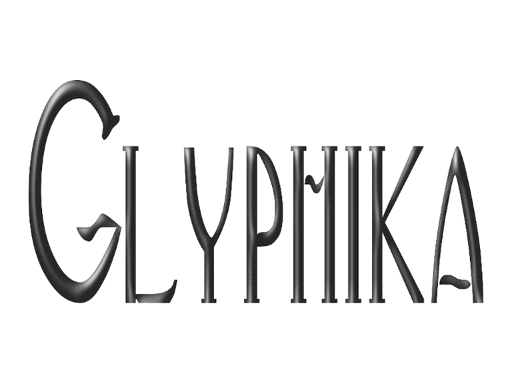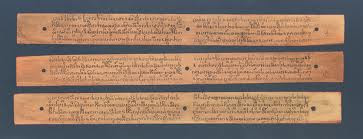~ this simple symbol is tilde ~
Tilde comes from Latin Titulus.
While it's used sometimes to indicate tones and accents it was first developed to mark palatal nasals.
Like the Cedilla it begun life as a scribal shorthand in the European Middle Ages.
Ancient Latin doesnt seem to have had an "NG" sound and Greek writes ng as gg.
However later Romance and other European languages developed a full range of palatals and nasals we do not have in English.
Spanish scribes used a tilde over n to show the "ny" sound.
From Spanish it was borrowed to show in some languages that there was NO nasalization of a vowel or that a nasalized vowel had replaced an earlier nasal sound that had disappeared as in Brazilian and Continental Portugese and Frnech.
Other languaes that mark a palatal nasal with a tilde are apart from Castilian Spanish, Asturian, Basque, Talalog,Galician, Guarani, Tetum and Papaimento.
Tilde a simple squiggle of a sign has now migrated to Asia and the Americas and even has special functions in IPA.
More about diacritics and nasals soon.
Saturday 26 November 2011
Thursday 17 November 2011
Z and Cedilla
The Curious tale of Z and Cedilla.
Ever wondered why some letters have a cedilla symbol?
Our modern cedilla symbol begun life as a "scribal ligature" which in plainer words means two characters combined into one by scribes as a kind of shorthand. The sounds cedilla represents in Roamnce language in one stage were written cz and had a Spanish nickname of cedilla or zedilla - the litte zeta. Originally the sound was probably "ts" and later became a "sh" sibilant sound partly due to the large number of Arabic and Hebrew speakers in Spain during the Islamic era.
It has been or is used in Spanish, Portugese, Catalan, Friuli and Occitan.
Beyond Europe it was adopted by several languages of the Turkkic family when they switched from Arabic and Cyrillic to Roman alphabets, Osmanli also known as Ottoman, Azeri, Tatar, Turkmen, and others.
While usuallu representing a sibilant one European Langaue Latvian uses it to mark Palatals to distinguish them from Velars and Nasals so it appears under g, K, L, and N.
Its use was much more common before IPA fonts were available.
Friday 11 November 2011
A Tale of Palm and Paper and Printing
This is an image of a lontar, a traditional book format in SE Asia made from palm leaves.
The script is Balinese.
In the modern world we tend to take the use of paper for granted but there was a time when paper was scarce and unusual and writing was done in parchment (treated and scraped leather hides) clay tablets, wax tablets or lead or papyrus and on silk or cloth.
Paper is a relatively new innovation and it's no consequnce that printing appeared soon after paper became more common. Printing probalby increased the demand for paper.
Imagine trying to print with wooden blocks or silk screens or movable type IN MASS PRODUCTION on silk or palm leaves or wood?
The pairing of paper and print is why China and Japan had a surprisingly high literacy rate when you consider the difficulties of learning to read and write at least a thousand characters for basic literacy.
Okay the Japanese and Koreans ended up developing kana and hangul but you see my point?
Movable type wouldnt have worked on papyrus or clay tablets not in multiple copies.
In Indonesia the Old KAWI script and related forms competes with Arabic and the Roman ABC.
It was the Dutch who introduced printing. That's probably why Bahasa books and magazines are usually printed in the Roman alphabet though there is a modified form of Arabic that has extra letters to cover sounds that do not exist in Arabic like ng and ny.
There is yet another type of script used in the Celebes and Sulawesi but that's a topic for another post.
Sunday 6 November 2011
Another Beautiful thing from Bali!
Ever wondered about that curly writing you see at the gates of Balinese temples or on some street and public signs along with Bahasa and English? This is the abc used for it. Like the Javanese KAWI script to which it is closely related its ancestor is the Brahmi script brought to SE Asia by Hindu / Buddhist traders priests sages and teachers before Islam. It's called hanaxaraka and also dentawiyanjana and tulisan.
It also has vowel signs not shown here and extra letters only used for transcribing Sanskrit words in religious manuscripts.
It also has vowel signs not shown here and extra letters only used for transcribing Sanskrit words in religious manuscripts.
Quietly yet powerfully elegant like Bali itself!
Except perhaps for certain parts of Denpasar and Kuta that are not a suitable topic for this blog?
Subscribe to:
Posts (Atom)



